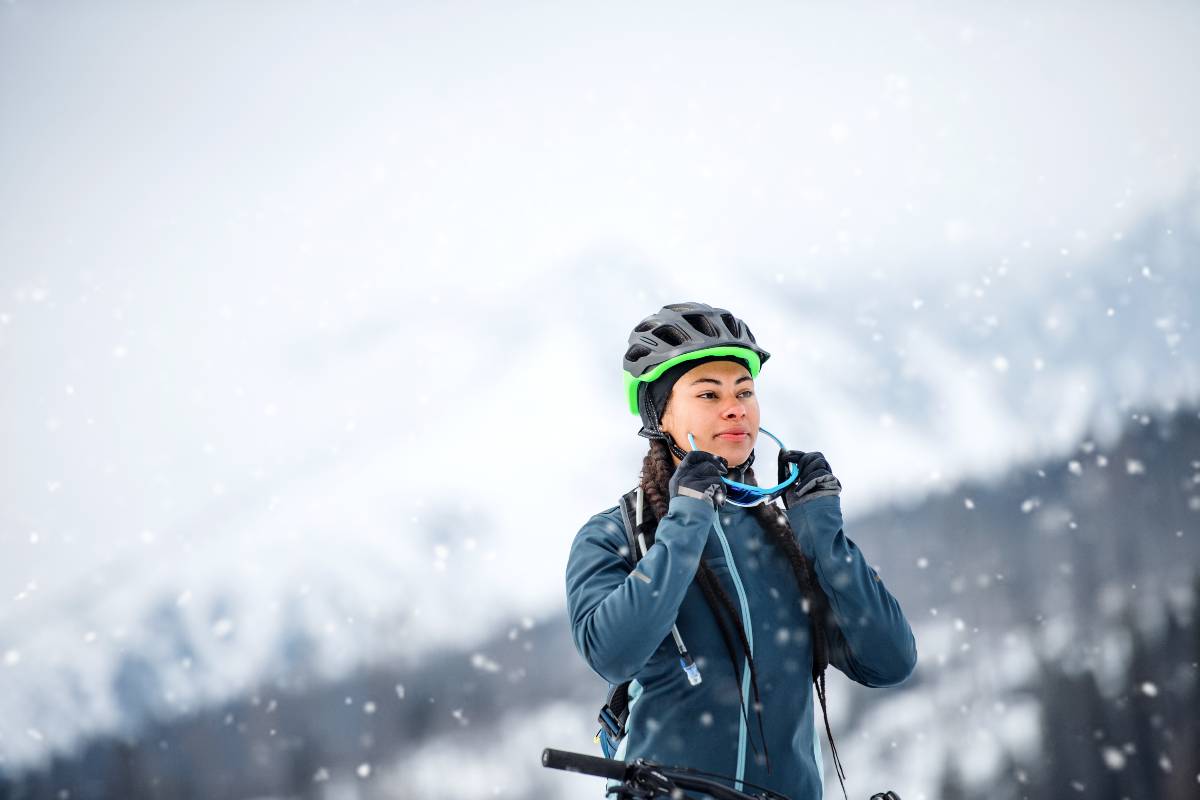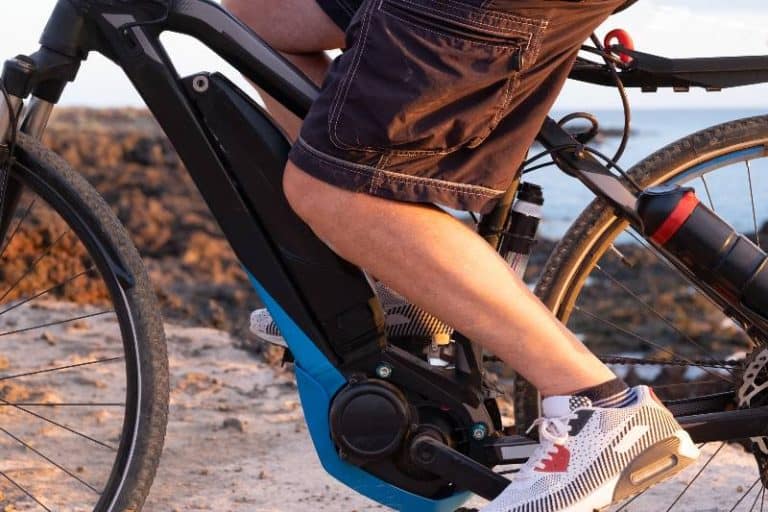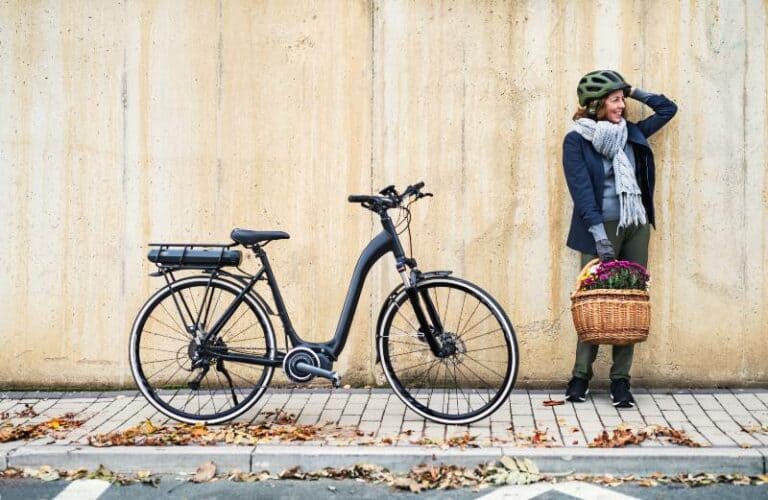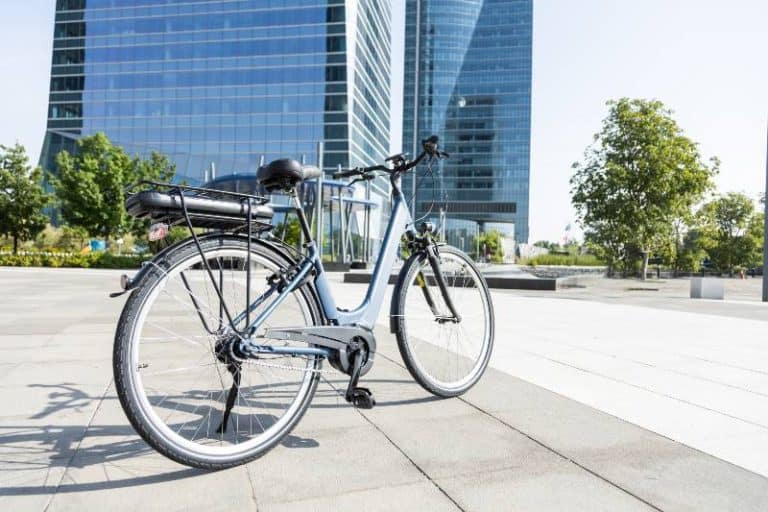Winterizing Your E-bike: How Do You Do It?
For many riders, the onset of freezing temps means packing away their e-bikes until spring. But with the right preparation and gear, electric bikes can be a fun and practical form of transportation year-round – even when there’s snow on the ground!
As an avid e-biker myself since relocating from the United States to Thailand, I’ve experienced firsthand how proper winterization can keep you riding through the colder months. Equipped with studded tires and waterproof layers, I felt free to continue my morning commute and weekend backroad adventures.
Trust me, with a few simple maintenance steps and safety considerations, you can too. Here’s my guide to prepping your e-bike and yourself for chilly riding this winter!
Key Takeaways
- Properly preparing your e-bike for winter with maintenance and storage best practices will ensure safe, smooth, and fun cold-weather riding
- Investing in winter-specific gear like studded tires, waterproof bike covers, and battery warmers can extend your e-bike season year-round
- Even in cold climates, e-bikes allow you to explore the beautiful winter landscape and stay active outdoors
Keep Riding All Winter: Your Guide to Winterizing E-Bikes
Gear Up! Outfitting Yourself for Cold Weather Riding
Riding in freezing temperatures demands the appropriate gear to keep you comfortable and visible in snowy conditions. Remember the mantra: layers, lights, and warmth!
- To protect yourself from the elements, invest in a wind-proof jacket, waterproof boots, winter gloves, and flexible face coverings. Polyester-spandex blends work great as breathable, sweat-wicking base layers too.
- Make yourself visible with reflective strips or stickers on your helmet, bike frame, and clothing items. LED front and rear lights are essential on darker winter days as well.
- Prevent slippage and increase traction with studded tires specifically made for ice and packed snow. Maintain optimal tire pressure too – around 50 psi works for most snow conditions.
- Finally, keep extremities toasty with glove and toe warmers, neck gaiters, and heated handgrips on your e-bike throttle.
By bundling up properly before heading out to ride, you’ll stay cozy and enjoy the gorgeous snow-dusted landscape!
Winterizing Your E-Bike: Maintenance Tips & Tricks
Though electric bikes are designed for all-weather riding with waterproof casings, the components still require special protection and care through harsh winter conditions.
Follow this winter e-bike checklist before storing or continuing to ride your model in freezing temperatures:
Guard the Electrical System
Since lithium-ion batteries behave differently in cold weather, be sure to store cells at around a 40-60% charge level. Keeping them too depleted can cause permanent battery damage! Stash cells somewhere at room temperature if possible as well.
In addition to batteries, delicate controllers and display units need safeguarding too. Wrap them in plastic bags or weatherproof tape to prevent corrosion issues from rain, snow, and road debris.
You can also invest in handy accessories like:
- Battery insulator wraps
- Heated battery blankets
- Charge level testers
- External charger plugs for winter juice-ups
Lubricate Mechanical Parts
Use a degreasing cleanser like Simple Green Bike Wash to clear your e-bike’s derailleurs, chains, brake pads, and cables of dirt and road salt from winter riding.
After drying thoroughly, apply a fresh layer of waterproof lubricant on any exposed metal bits. I recommend the Boeshield T-9 for its long-lasting corrosion protection and frictionless feel.
Check Tires & Adjust Pressure
Since riding on snow and ice already reduces traction, sporting grippy winter tires are a must. Swap out your regular tires for pneumatic models with aggressive tread or metal studs that bite through packed snow.
Make sure to keep tires pumped up between 40-45 psi as well for increased stability and handling. Softer composition tires have better conformability over bumps too.
Touch-Up Paint Chips
Road salt, wet slush, and ice take a toll on your bike’s pristine paint job. Dab some clear nail polish onto any new scrapes or chrome flakes to prevent full-on rusting.
Work some wax polish into the frame too for an added moisture barrier against the elements.
By keeping your e-bike’s mechanical and electrical components in tip-top shape, you’ll feel confident rolling through whatever winter tosses your way!
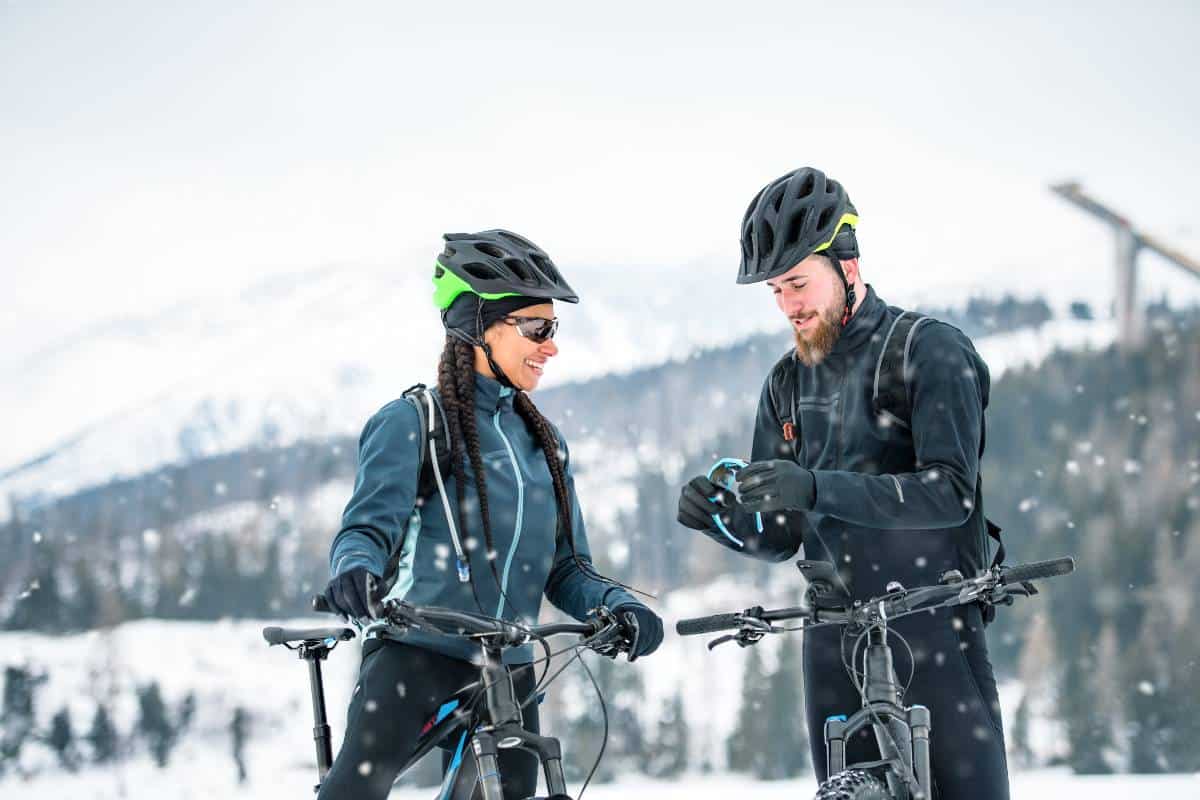
Store Your Ride the Right Way
If you decide to stow away your wheels for winter, be sure your storage methods don’t inadvertently damage components in the off-season:
- Find a sheltered spot like a garage, shed, or basement nook so that your bike stays dry and between 32°-77°F.
- Inflate tires to maximum PSI, clean off dirt, and lubricate the chain before packing up.
- Always disconnect and remove batteries before storage. Check voltage monthly and charge to 40-50% as needed.
- For extra protection, drape waterproof bike covers or tarps over the frame & parts.
Following these tips prevents flat spots in the tires, battery deterioration, and any weathering damage to the body.
Where to Seek Help for Winterizing Your E-bike
Getting your e-bike ready for winter is much easier with a bit of help. Connect with these experts for winterizing tips and gear fitting.
Local Bike Shop Support
Your neighborhood bike shop is a prime resource for winter e-biking advice. Mechanics can assess your model, recommend winter-specific parts like studded tires or torque arms, and properly store the battery. Shops also carry cold-weather riding gear that you can test for fit and comfort before purchasing. Bounce your winter riding questions off knowledgeable staff as well.
Tips for Fitting Winter Gear
While bundling up is important, improperly fitted clothing interferes with control and comfort. Visit outdoor retailers and test helmets, jackets, gloves, and boots for adjustment so gear protects without impeding movement. Store attendants can ensure your sizing, insulation type, and flexibility meet winter riding needs.
Professional Check-up on Your E-bike
Before hitting winter conditions, get a qualified mechanic to examine your e-bike for cold weather readiness. They’ll assess and tune up the motor, battery, brakes, suspension, controls, and lights for optimal performance in ice, snow, and sleet. Technicians can also recommend accessories like tire studs, fenders, protective wraps, and charging equipment based on your e-bike model. Consider investing in a professional winter overhaul for peace of mind.
Expert Advice for Winter Riding
Beyond gear checks, chat with seasoned winter riders, bicycle clubs, and e-bike experts about best practices for operating electric bikes in cold climates. Veteran winter e-bikers have wisdom to share on riding techniques, maintenance cadence, charging habits, and road conditions for a particular area. Get insider knowledge straight from the experts!
Ensuring Safe Riding in Winter Conditions
Don’t just wing your first winter ride! Arrange an accompaniment lesson with an experienced winter cyclist/instructor to safely learn hands-on techniques for braking, turning, and handling hazardous terrain. Having an expert coach for cold-climate riding instills key skills for stability, visibility, and injury prevention before heading into the elements solo. They can also educate on regional regulations for e-bike operations during winter months. Investing in proper training ensures many more safe seasons riding through the cold ahead!
Braving the Cold: Winter Riding Tips & Tricks
Once you nail down both gear and general winterizing prep, it’s time to get out and ride in chilly conditions!
Here are my top winter riding strategies for staying safe and having fun on snow and ice:
- Scan terrain ahead for hazards like potholes, debris, or slick ice patches to avoid slips and crashes. Give pedestrians and cars extra passing room too.
- Accelerate, brake, and turn slowly and steadily through maneuvers. Stopping distance on snow can be up to 3-4 longer than in dry settings.
- Stick to low-traffic side streets and bike lanes vs. highways when possible. You have more control and reaction time on slower byways.
- Dress for warmth in easy layers, and fully cover extremities in waterproof boots, gloves, and face masks. The catching of a chill cuts any ride short!
- Finally, customize your e-bike’s settings for conditions. Softer torque responsiveness combined with higher regenerative braking gives increased stability.
While the conditions necessitate extra vigilance, riding in the winter wonderland is magical. Don’t miss out!
FAQs
What’s the best way to clean road salt off my e-bike?
Use a wet rag to gently wipe down the frame, then rinse components with warm water. Apply a salt-removing degreaser to the drive train, brakes, and gear assembly, scrubbing gently with a brush. Buff dry with a microfiber towel. Re-lubricate everything after.
Can I ride in light snow and ice safely?
Yes – with caution! equip your ride with winter tires, lower your seat, relax your knees/elbows, and brake/turn early and gradually. Scan for road hazards constantly, and stick to protected bike lanes when possible.
What should I look out for when getting my e-bike ready to ride after winter storage?
Check battery voltage, tire pressure, chain lubrication levels, and brake pad thickness first. Give every component a glance for signs of wear, rust, or rodents/pests. Do a test ride in a flat, hazard-free area before hitting roads.
How cold is too cold for my lithium battery to operate properly?
In temperatures below 20°F, an e-bike battery’s output capacity starts diminishing. Below 0°F, you risk the electrolyte solution inside freezing, causing permanent damage. Bring cells inside or use an insulated case if riding in extreme cold.
How can I ensure that my electric bike is ready for the first winter after purchase?
To prepare your e-bike for its first winter, thoroughly clean and lubricate the moving parts, check the battery storage recommendations, and ensure that the bike is stored in a dry place away from extreme temperatures and moisture. You should also inspect the brake and gear lines for any signs of wear.
What should I do if I want to ride my e-bike in the winter?
If you plan to ride your e-bike in the winter, make sure to equip it with appropriate accessories such as fenders to protect yourself and the bike from water and slush. You should also clean your e-bike more frequently to prevent corrosion from road salt and moisture.
Still have questions? Contact me anytime to chat about winter e-biking tips!
Conclusion
As an avid rider who has logged thousands of miles biking throughout Asia’s tropical landscapes, taking my two-wheeled adventures into colder territory has been an adjustment – but one powered by possibility with the help of my e-bike!
While winterizing and operating an electric bicycle through snow requires some strategic preparation, the payoff is huge: the ability to keep cruising along through freezing temps when most riders have to pack it in.
So don’t let winter weather deter you from doing what you love. With the right winterizing game plan, gear, and a spark of creativity, your trust e-bike can transform into a powerful cold-climate machine guaranteed to help you seize the season.
Let the chilly air fill your lungs and rosy up your cheeks as you glide down snow-lined suburban streets. Listen to the crunch of fresh powder under your tires, watch ice crystals dance across the landscape, and wave to fellow riders out embracing winter too.
Wherever this year takes you, pledge to keep pedaling on. I’m here to help with any guidance or questions for winter or fair-weather riding! Just drop me a line anytime to schedule a quick video consultation about your electric biking needs.
